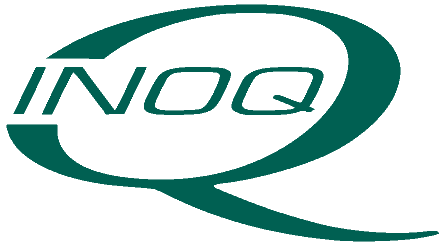application
Where and how can I use mycorrhiza? How does mycorrhiza actually work? Does my plant need mycorrhiza? We explain the what and how, so that your plants can thrive.
What success does a mycorrhiza application bring?
Durch die Symbiose wird das Wurzelwachstum stark angeregt. Die Pflanze wird blühfreudiger und toleranter gegenüber Krankheiten, schlechten Witterungs- und Bodenverhältnissen. Mykorrhizapilze verbessern zudem die Bodenstruktur. Durch ihr Hyphengeflecht wird die Aggregierung des Bodens gesteigert. Dies ist besonders für Begrünungen mit Hangneigung (Hochlagen, Deiche, Dächer) zur Erosionskontrolle von Bedeutung.
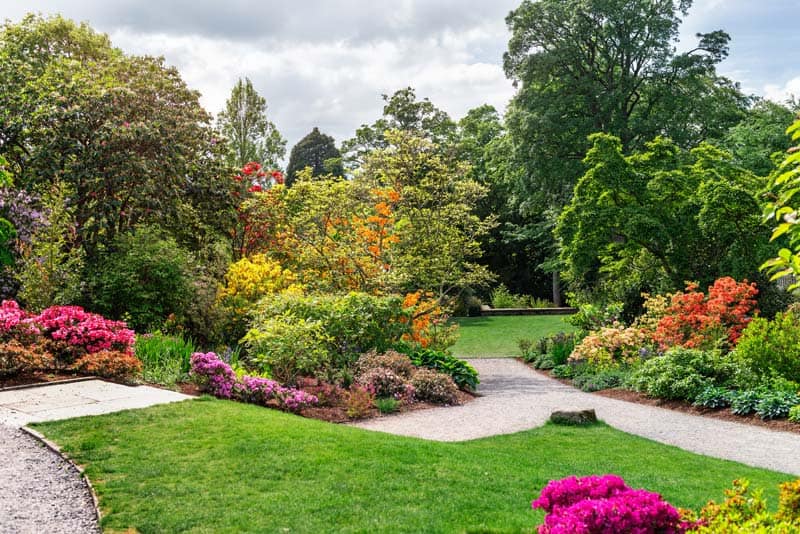
Endomycorrhizal fungi penetrate the roots of herbaceous plants and many deciduous tree species, where they form the structures necessary for symbiosis. Endomycorrhizal fungi are microscopic and invisible to the naked eye. They are also known as arbuscular mycorrhiza.
Endomycorrhiza
Herbaceous plants
Many tree species, especially deciduous trees
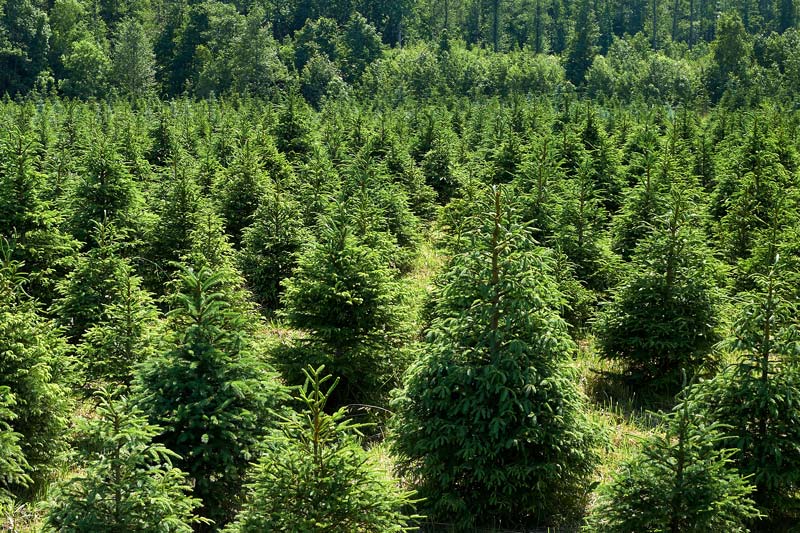
The ectomycorrhiza is found in many tree species, especially in our conifers. The fungi form a dense network of hyphae around the tree root. Ectomycorrhizal fungi often develop fruiting bodies in autumn: our edible mushrooms, some of which are invisible in the soil, ensure the supply of nutrients to the trees!
Ectomycorrhiza
Many tree species,
especially conifers
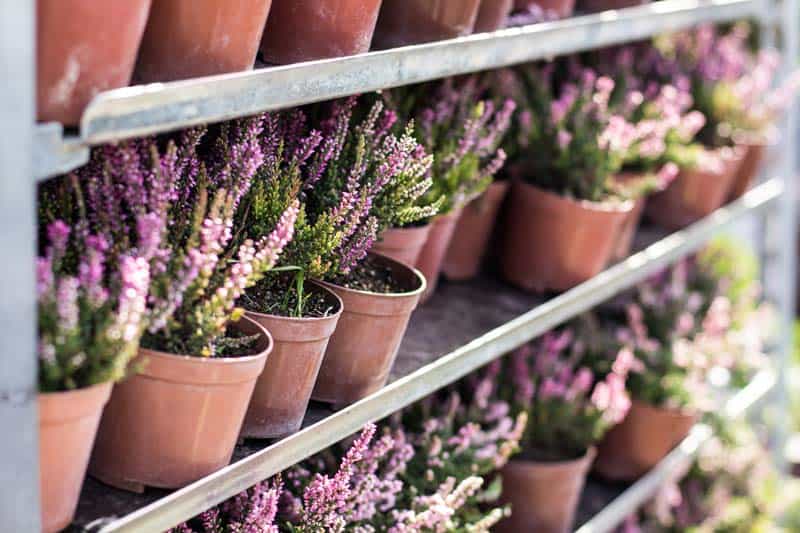
The mycorrhiza is only found in plants of the Ericaceae family. Rhododendrons, azaleas, blueberries, Calluna and Erica are the partners of these fungi.
Ericoid mycorrhiza
Plants of the Ericaceae family
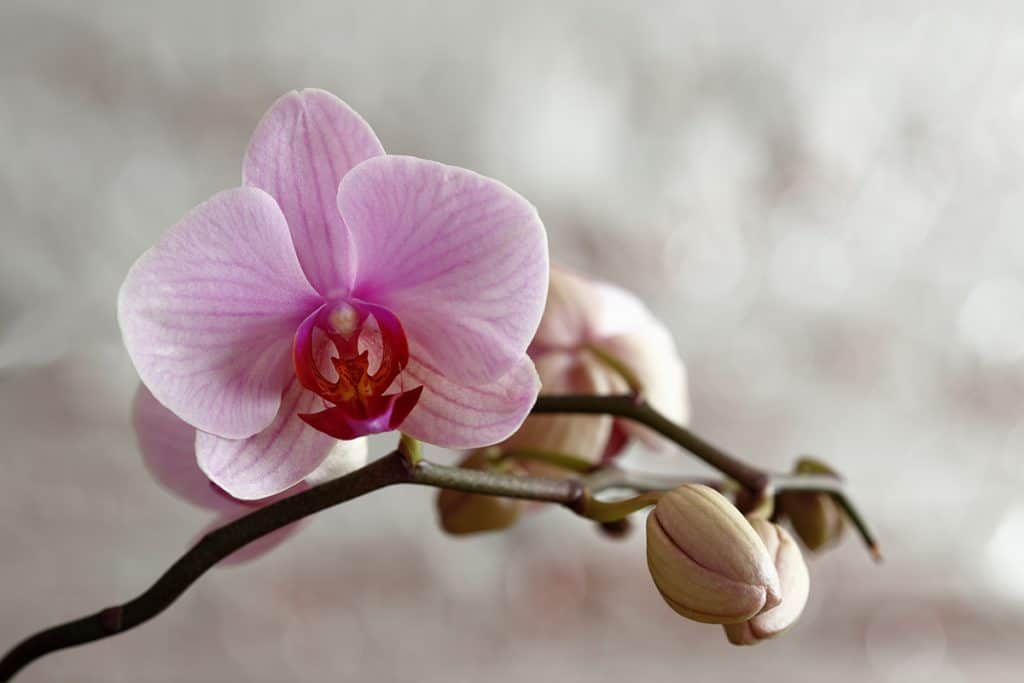
Orchids are dependent on a special type of mycorrhiza.
Plant species of the goosefoot family (e.g. turnips, spinach), cruciferous plants (e.g. cabbage species) and sedges are non-mycorrhizal.
Are you unsure as to which mycorrhiza is suitable for your plant?
We would be happy to inform you!
Examples of mycorrhizal APPLICATIONS
Not every soil fungus is suitable for every plant. We have developed suitable mycorrhizal products for various areas of application. These are specially tailored to the type of mycorrhizal application and are available on various substrates (vermiculite, expanded clay, peat, sand) in various grain sizes.

Bog plants
Gardening and landscaping
specially for Ericaceae
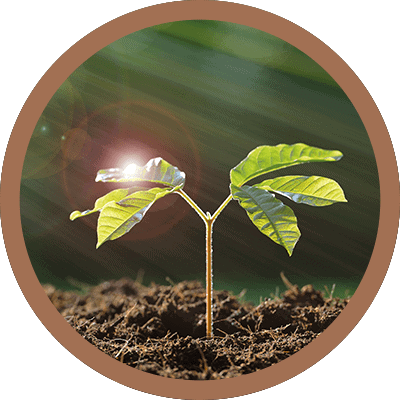
Tree planting /
restoration
E.g. Tree nurseries, tree restoration
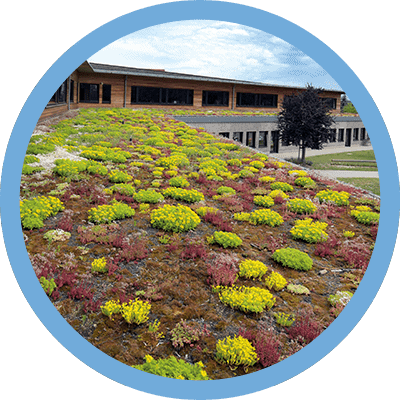
Roof planting
Substrate manufacturers, roof planting companies, horticulture and landscaping
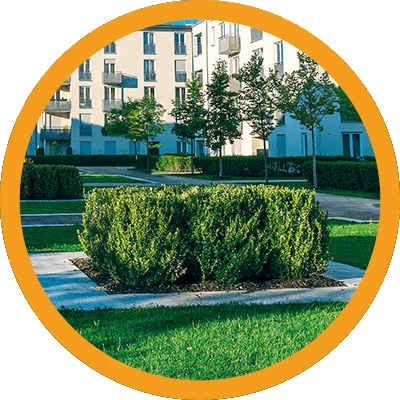
Horticulture and landscaping
Landscape gardeners, plant producers, recultivation
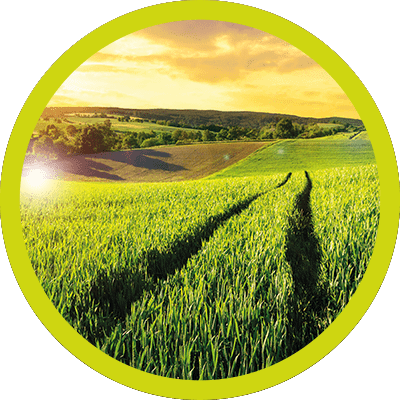
Agriculture
Seed coating, outdoor and greenhouse applications

Recultivation
Erosion protection, hydroseeding, bank protection, soil fixation
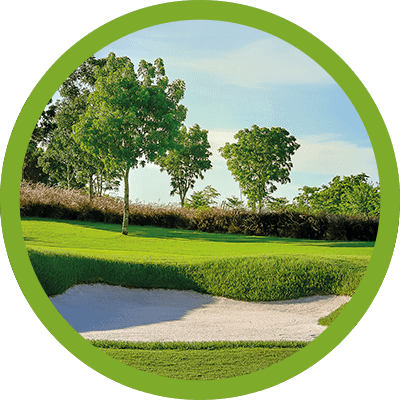
Golf and sports greens
Turf-roll manufacturers, new seeding and care of lawns
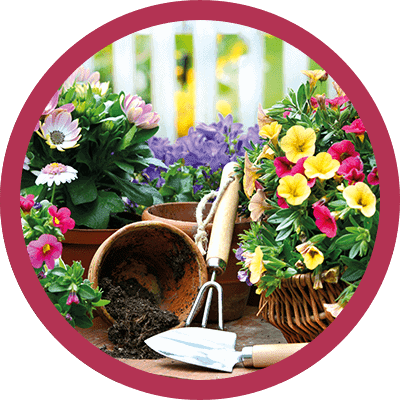
Balcony and garden plants
Bedding-, balcony- and potted plants,
hobby gardeners
The application rates depend on the size of the plants
and the root ball.
Let us advise you – we are happy to support you!
For optimum development of the symbiosis, INOQ products should be added to the roots of the plants, i.e. directly into the planting hole or by working it into the substrate or the soil surface.
The Application Instructions are available here to download. You can also find more information in our FAQs.
